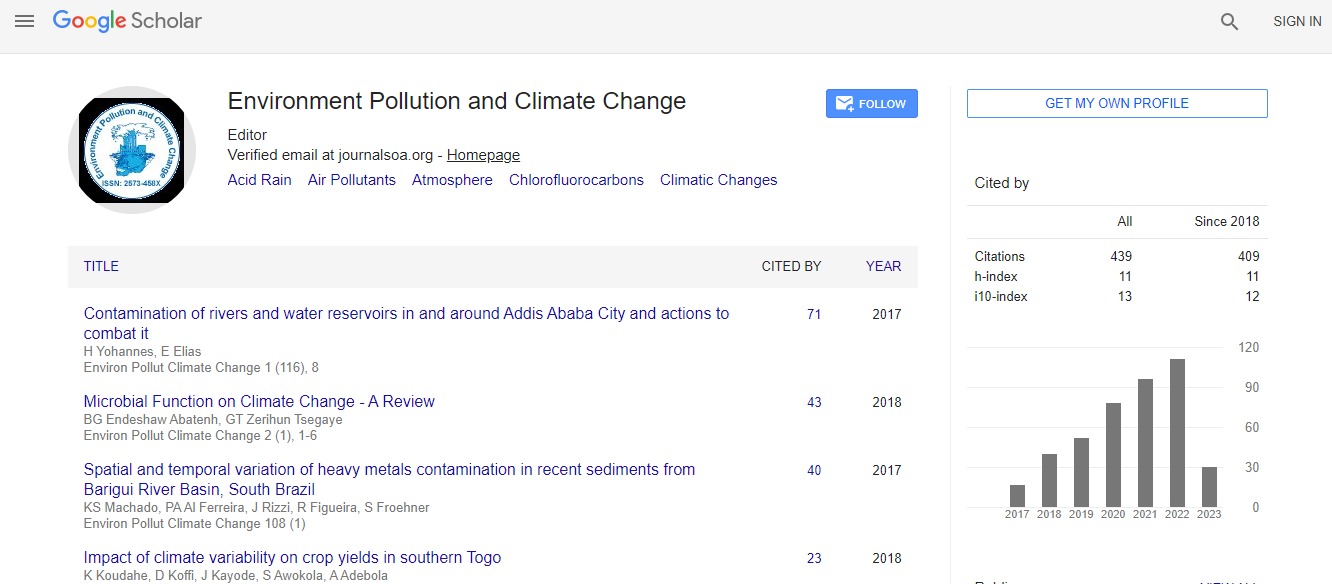Review Article
Measures at Buildings for Mitigating the Microclimate
Thomas Allmendinger*
Independent Scholar, Switzerland
- *Corresponding Author:
- Thomas Allmendinger
CH-8152 Glattbrugg/Zürich
Switzerland
Tel: +41 44 810 17 33
E mail: inventor@sunrise.ch
Received date: June 02, 2017; Accepted date: June 12, 2017; Published date: June 19, 2017
Citation: Allmendinger T (2017) Measures at Buildings for Mitigating the Microclimate. Environ Pollut Climate Change 1:128.
Copyright: © 2017 Allmendinger T. This is an open-access article distributed under the terms of the Creative Commons Attribution License, which permits unrestricted use, distribution, and reproduction in any medium, provided the original author and source are credited.
Abstract
After the stringent refutation of the climate greenhouse theory, delivered by a recent publication, the artificial brightening of considerable parts of the Earth surface, preferably in cities, gives the only chance of mitigating the global warming and its implicit amplification of thermal surface gradients leading to intensified storms. It implies a novel climate philosophy, generally described under the motto «increasing the albedo», but proceeding from relatively small areas which influence the microclimate. Thereby, not the albedo itself should primarily be envisaged but rather its complement, the solar absorption coefficient of solid opaque materials, measurable by a previously described method and delivering the foundations for the here proposed measures. Thereby, primarily the influence of the colour and of the texture of surfaces is discussed. For roofs, bright brown is the preferred colour, whereas for facades white, or even brighter brown, is advisable. Furthermore, quality losses due to weathering are an important aspect, in particular for brick-tiles, suggesting appropriate preserving measures. Not least the properties of the construction materials have to be taken into account: The quicker the ground material is warmed up by solar irradiation, the quicker the near ground atmosphere warms up since the temperature difference between ground and atmosphere increases. Stones deliver the best suited natural construction material, due to their high heat capacity and low heat conductivity. Additional layers from artificial isolating materials should preferably be attached inside the house walls, and not outside. Glass facades and windows induce thermal traps. In view of future settlement constructions, the trapping of solar radiation within the complex geometry of urban canopy should be taken into account much more. Generally, the solar radiation absorbance of a building group is increased when its macro-roughness is increased. Thus high-rises as well as compacted urbanizing are not compatible with a consequent albedo-philosophy.

 Spanish
Spanish  Chinese
Chinese  Russian
Russian  German
German  French
French  Japanese
Japanese  Portuguese
Portuguese  Hindi
Hindi 
